The Shift from Phones to Omnichannel in Debt Recovery for Businesses
Traditionally, debt recovery for businesses revolved around phones. Lenders built scripts, hired and trained agents, and measured success by dial attempts and call pickup rates. But borrower behavior has evolved—and so has the debt recovery process.
Today, borrowers are constantly online but rarely on calls. They scroll through social media, reply on WhatsApp, check emails between meetings, and tap through app notifications during commutes. Their attention and engagement has moved.
Continuing to rely solely on calls increases the cost of recovery—unless lenders invest in a comprehensive digital lending platform that unifies collections, origination, and borrower engagement.
Omnichannel collections offers a smarter path. It’s not about doing more; it’s about doing it better. By reaching borrowers where they are, lenders using modern loan origination software can deliver timely nudges that extend from origination through collections.
For instance:
- A soft push notification to start
- Follow-up SMS a few days later
- WhatsApp message with a payment link if needed
Sequenced and structured, this approach improves engagement, reduces operational drag, and boosts agent productivity. Most importantly, it enhances the debt recovery process—because borrowers who feel understood are far more likely to pay on time.
What Is Omnichannel Collections—and Why It Matters for Debt Recovery for Businesses
Multichannel simply means using multiple channels—calls, SMS, emails—but in isolation. A borrower might get a phone call on Monday, an SMS on Wednesday, and an email on Friday, all repeating the same message with no context. That’s disjointed, ineffective, and often perceived as spam.
Omnichannel, by contrast, is orchestrated and intelligent. It treats debt recovery as a journey, not a series of disconnected attempts.
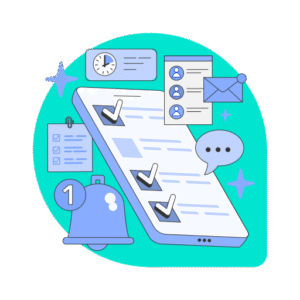
For example, a borrower may receive:
- A polite app push notification on Day 1
- An SMS with a payment link on Day 3
- A WhatsApp reminder on Day 5
Every touchpoint is consistent, personalized, and timely—driving repayment without frustration.
By coordinating channels through debt collection software designed for banks, omnichannel collections improves engagement and reduces operational drag.
In short, it’s the difference between being ignored and being heard—turning borrower attention into action while maintaining trust.
ROI Lever 1 – Faster Debt Recovery for Businesses Through Higher Engagement
Let’s talk numbers.
Organizations implementing structured omnichannel collections report 20–30% uplift in recovery rates.
McKinsey research shows digital-first customers contacted digitally make 12% more payments than those contacted via traditional channels, with lenders seeing multi-percentage-point upticks in resolution rates and 15% lower collection costs.
Why does this work? Because engagement drives outcomes—and engagement skyrockets when borrowers are contacted on channels they already use – WhatsApp, email, app notifications, and more. These aren’t just communication tools—they’re critical touchpoints in the debt recovery process.
Here’s what makes the difference:
Familiar channels drive faster responses – Borrowers are far more likely to act on a WhatsApp nudge than answer an unexpected phone call.
Sequenced communication feels natural, not intrusive – Timing matters as much as the message itself.
Segmentation through smart collection stack architecture unlocks precision—low-risk accounts managed digitally, higher-risk escalated only when necessary.
A leading NBFC in India recently shifted from a traditional, call-first strategy to a data-driven omnichannel approach:
- Day 1: App push + SMS
- Day 2: Email with embedded repayment options
- Day 4: WhatsApp reminder + borrower dashboard update
- Day 6: Agent call triggered only if payment remained pending
The results in six weeks were remarkable:
- 27% increase in overall recovery rates
- 31% improvement in first-contact resolution
- 41% reduction in agent call volumes per account
Key takeaway: Borrowers respond best when outreach respects their preferences and timing. A well-orchestrated omnichannel collections strategy doesn’t just chase debt—it enables participation, making debt recovery for businesses faster, smoother, and more efficient.
ROI Lever 2 – Lower Friction and Operational Costs in Debt Recovery for Businesses
Every follow-up call consumes time. Every unresolved query slows cash flow. Every delay compounds operational risk.
This is where an omnichannel debt recovery strategy doesn’t just improve borrower engagement—it reduces overhead and operational friction.

Here’s how smart debt recovery processes deliver efficiency:
Self-serve payment options: Borrowers receive communications embedded with secure, one-click payment links—no human follow-up required.
Rule-driven workflows: automating escalation handle simple, low-risk cases digitally from end to end.Only behavioural red flags trigger human intervention.
Unified interfaces: Dashboards powered by business process automation software integrate communication, payment, and account status in one view.
The impact is tangible:
- 30–50% reduction in manual follow-ups
- More productive agent bandwidth, focusing attention where it matters most
- Fewer disputes and escalations, as consent, context, and communication history are fully traceable
For example, a fintech lender in Australia managing revolving credit lines redesigned their early-stage collections:
- Days 1–5: Automated SMS and WhatsApp nudges with actionable links
- Day 6: Soft IVR reminder
- Day 7: Escalation to an agent with complete borrower context
Results within weeks:
- 47% drop in call volumes
- 22% rise in repayments
- Reduced cost-per-account by ₹38
This is how operational efficiency in debt recovery for businesses scales: fewer touchpoints, more precision, and systems that work smarter—not just harder.
ROI Lever 3 – Enhancing Borrower Experience to Strengthen Brand Value in Debt Recovery for Businesses
When borrowers face financial strain, how you engage matters as much as what you say.
The tone, timing, and clarity of communication directly influence trust.
Forrester’s Customer Experience Index research shows that consistent omnichannel experiences strengthen customer loyalty and drive measurable revenue impact, with brands delivering integrated experiences seeing up to 3.5x higher revenue growth than those optimizing single channels.

Traditional debt recovery strategies often feel impersonal or confrontational:
1) Unexpected phone calls during work or personal hours
2) Harsh or inflexible scripts from agents
3) Disjointed follow-ups repeating the same message across channels
The consequences:
- Increased regulatory complaints
- Negative sentiment on public forums
- Declining trust—even among historically loyal customers
Omnichannel debt recovery for businesses offers a better path—one built on empathy, transparency, and timing. Borrowers receive structured communication through familiar channels, with content designed to inform, not pressure. The tone shifts from collection to guidance.
Why this approach improves ROI:
1) Borrowers are more likely to repay when communication feels respectful
2) Lower complaint volumes reduce regulatory escalations
3) Consent-led messaging combined with digital identity verification builds audit readiness across GDPR and RBI requirements.
4) Positive borrower experiences can even boost Net Promoter Scores
Case in point:
A global bank revamped recovery journeys for high-ticket personal loans:
- Day 1–3: Personalized emails detailing dues, due dates, and repayment options
- Day 4–5: WhatsApp reminders with secure, tap-to-pay links
- Day 6 onward: Escalation only if no response, routed to agents using empathetic, pre-approved scripts
Results:
- Regulatory complaints dropped below 1 per 10,000 messages
- Email open rates increased by 42%
- Zero audit exceptions across a 6-month review cycle
This isn’t just about compliance—it’s about creating a debt recovery process that borrowers don’t dread. That reputational advantage often translates into long-term loyalty and stronger brand equity—an ROI that extends far beyond immediate collections.
Building the Right Omnichannel Strategy for Debt Recovery for Businesses
It’s about integrating the right ones with intelligence, intent, and operational precision.
A strategic omnichannel collections approach aligns borrower behavior with efficiency, turning each interaction into a calculated step toward resolution.

Step 1: Let Data Shape the Foundation
Data isn’t just helpful—it’s essential. The most effective debt recovery strategies start with a thorough analysis of borrower engagement patterns.
Key questions to explore:
1) Which channels deliver the highest repayment rates across different borrower segments
2) What timing drives optimal responses by channel and borrower type?
3) Which message formats generate not just clicks, but actionable repayments?
These insights enable lenders to move beyond static messaging, creating tailored journeys that reflect real-world borrower behavior.
Step 2: Segment with Precision, Sequence with Purpose
No two borrowers behave the same—so their recovery debt collection journeys shouldn’t either. Segmentation powered by automated underwriting intelligence ensures outreach aligns with borrower context and risk tier.
Examples:
1) Low DPD salaried borrowers may respond best to app push notifications followed by SMS.
2) Self-employed borrowers often engage more on WhatsApp and voice channels.
3) Silent or high-risk profiles may require structured escalation—automated reminders followed by targeted human intervention.
Each flow should reflect repayment likelihood and channel preference—not institutional convenience.
Step 3: Integrate Technology, Avoid Fragmentation
Disconnected systems create inconsistent communication and inefficiencies. A unified collections stack powered by enterprise workflow automation—combining messaging engines, rule logic, and repayment tracking—ensures consistency.
Key capabilities to look for:
1) No-code decisioning platforms allow operations teams to configure flows without IT dependency.
2) Central dashboards with modular rule engine architecture consolidate outreach history and escalation triggers.
3) Real-time synchronization through modern loan origination platforms maintains compliance and audit readiness.
This creates a platform where debt recovery for businesses can scale without operational drag.
Step 4: Monitor, Optimize, Repeat
An effective omnichannel strategy is never static. Continuous refinement based on live performance metrics is critical to improving collections effectiveness.
Metrics to track:
Delivery Rates: Are messages reaching the right borrowers?
Engagement Metrics: Are borrowers opening, clicking, and responding?
Repayment Outcomes: Which channels and sequences convert best?
Escalation Ratios: How often is human intervention needed?
Tracking these metrics closes the loop between strategy and results, allowing teams to optimize quickly.
Real-Life Synergy
A large NBFC operating across the Middle East implemented customized debt recovery journeys for each asset class—adjusting channel, timing, and tone based on borrower profiles. Instead of adding headcount, they focused on intelligent design.
By monitoring:
- Channel performance (SMS vs. WhatsApp vs. app push)
- Time slots (business hours vs. after hours)
- Behavioral personas (early responders vs. silent accounts)
…they achieved a 10% lift in recovery rates without increasing agents—simply by orchestrating smarter.
Final Word – The New Economics of Debt Recovery for Businesses
Debt recovery for businesses is no longer just a function of persistence or call volume—it’s evolving into a precise, strategic, and borrower-centric process. In today’s financial landscape—where expectations are rising, regulations are tightening, and operational margins are under pressure—collections are about more than simply recovering dues.
They’re about precision, respect, and strategy.
Omnichannel collections isn’t just a tech upgrade. It’s a redefinition of how lenders engage, recover, and retain. A well-executed omnichannel approach turns the debt recovery process into a seamless part of the borrower experience, driving higher engagement, faster repayment, and lower friction.
With a strategic omnichannel model, lenders can:
Accelerate recovery by reaching borrowers on their preferred channels—SMS, WhatsApp, email, app notifications—with contextually relevant messaging at the right time.
Reduce operational overhead by automating repetitive, low-risk tasks, reserving human effort for complex or high-value accounts.
Build brand value through respectful, consent-driven communication that balances empathy with efficiency.
Ensure compliance with audit-ready traceability, configurable workflows, and dynamic consent management across all channels.
This approach doesn’t demand bigger teams or higher budgets—it demands smarter thinking.
Success today isn’t measured by the number of calls made, but by the fewer, more effective interactions needed. It isn’t defined by headcount, but by how empowered, focused, and data-driven your team is. It isn’t about knocking louder, but about making it easier for borrowers to engage.
In a digital-first world, omnichannel debt recovery software is no longer optional—it’s foundational. It delivers the outcomes that matter most: faster cash flow, reduced costs, and stronger customer relationships.
It’s time to move from manual to meaningful, from fragmentation to flow, and from chasing harder to orchestrating smarter.

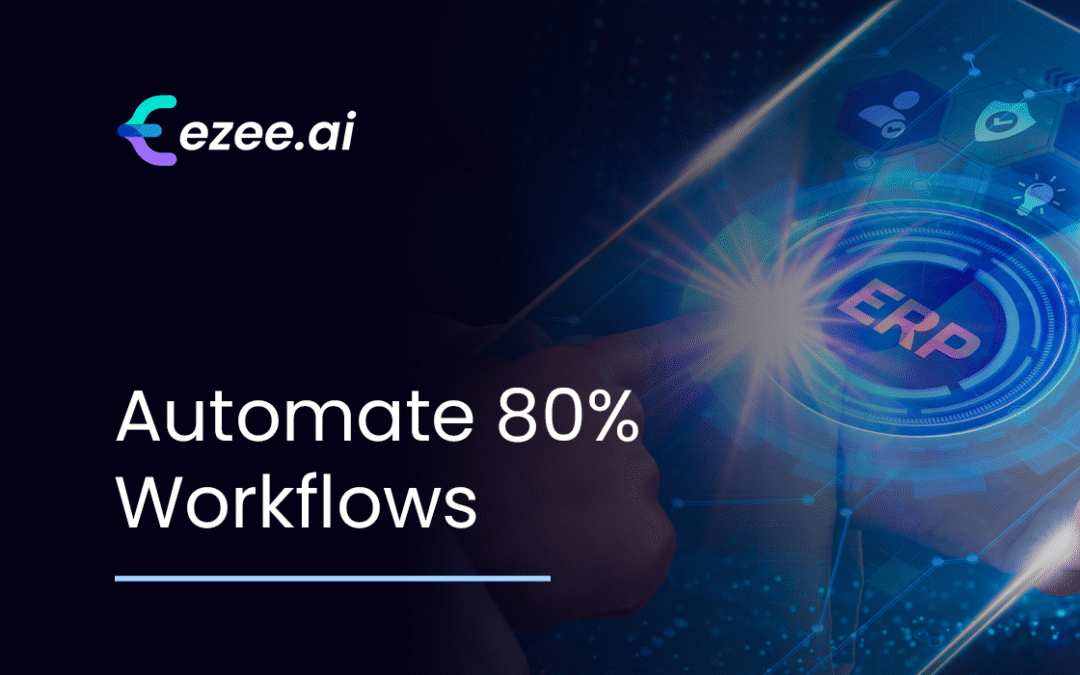

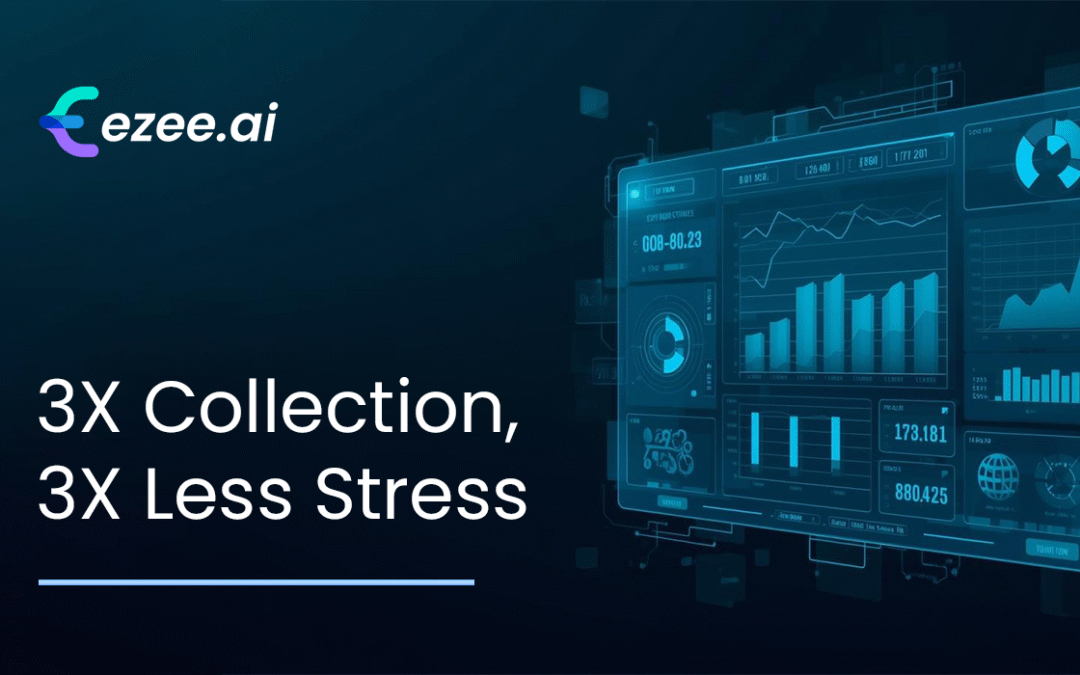
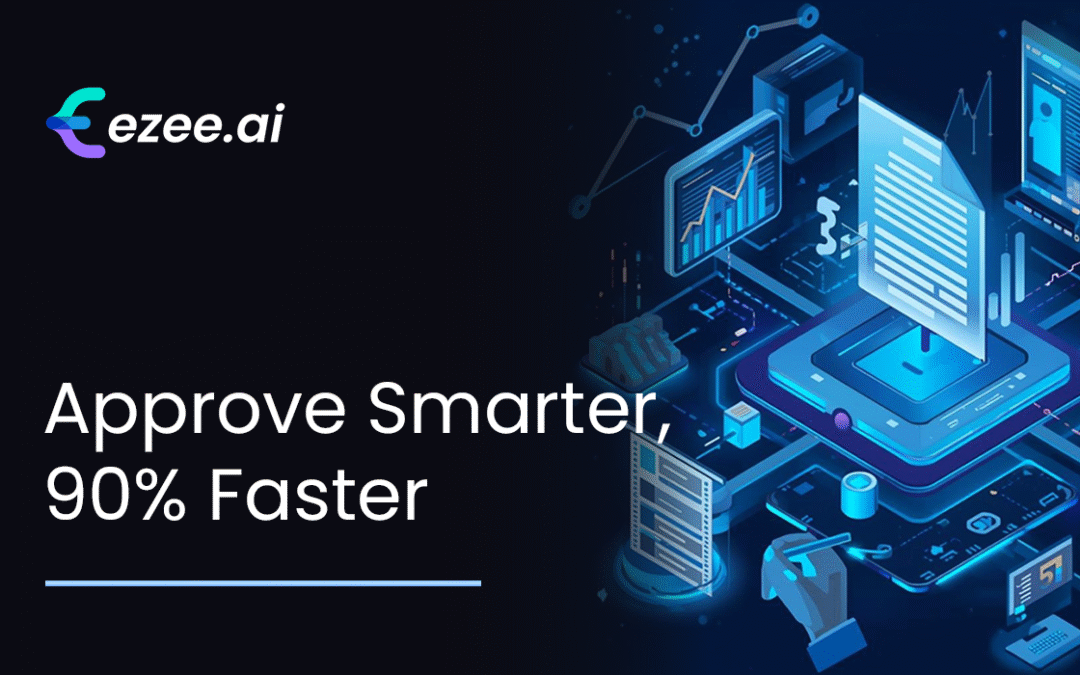


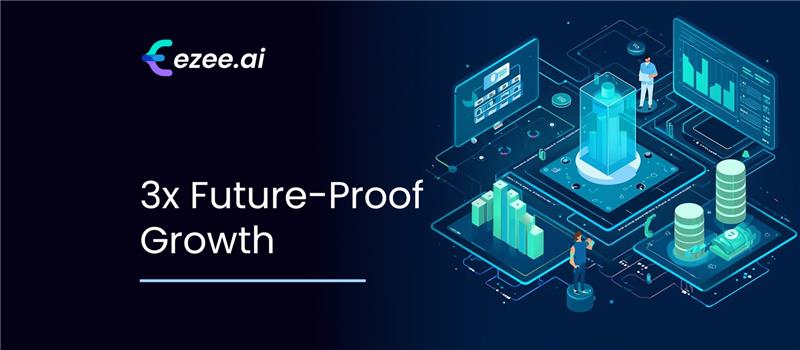
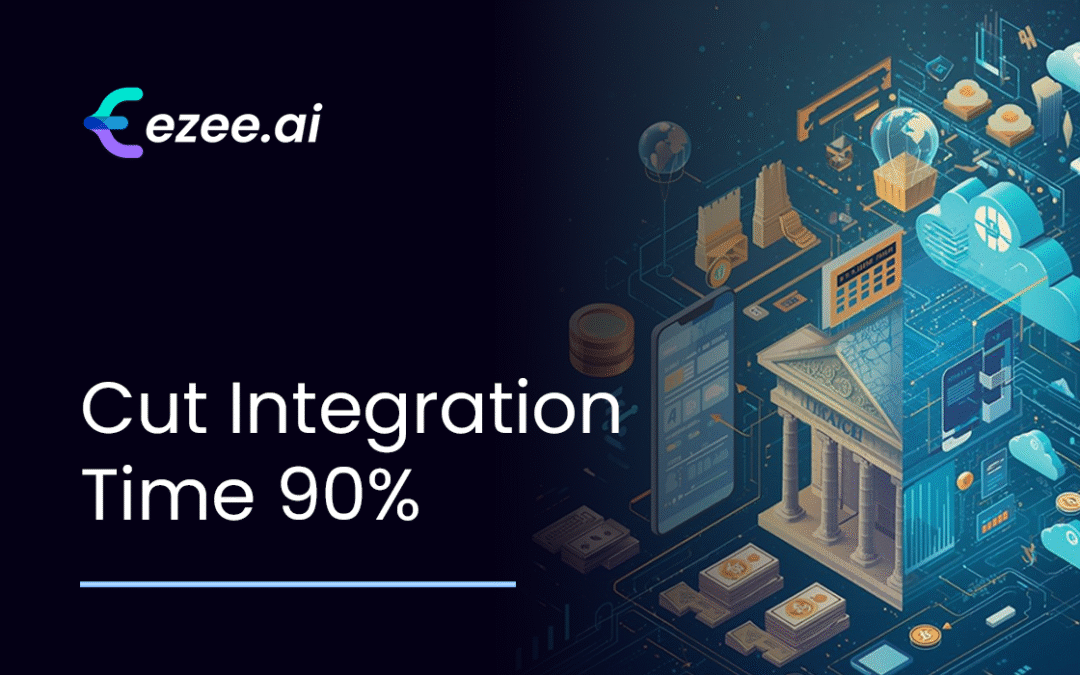
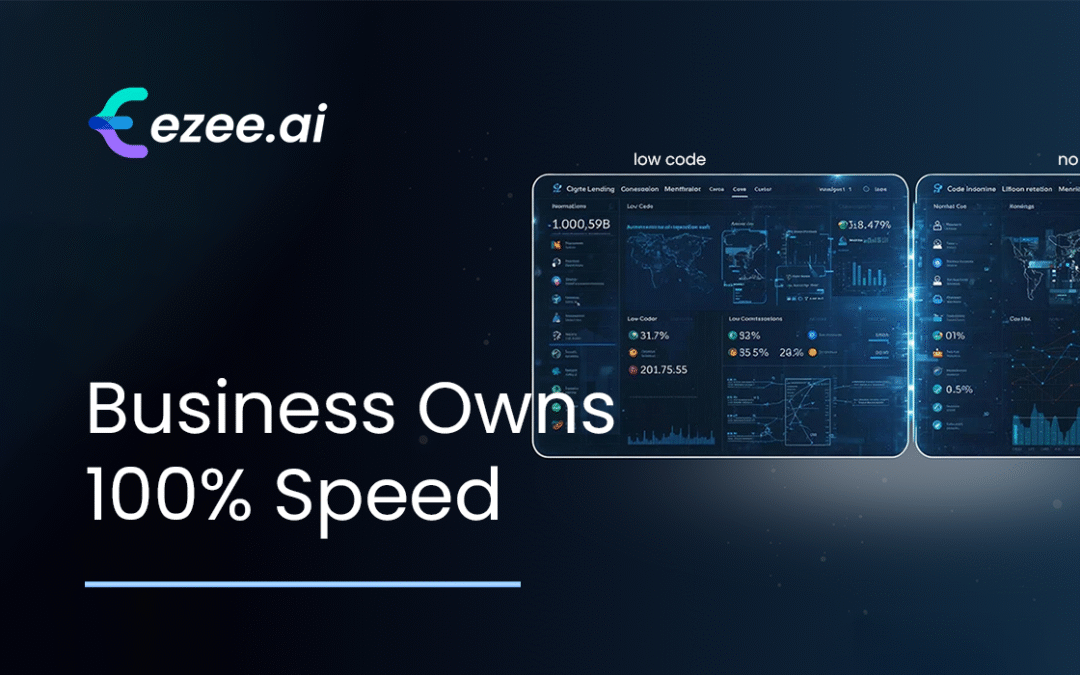
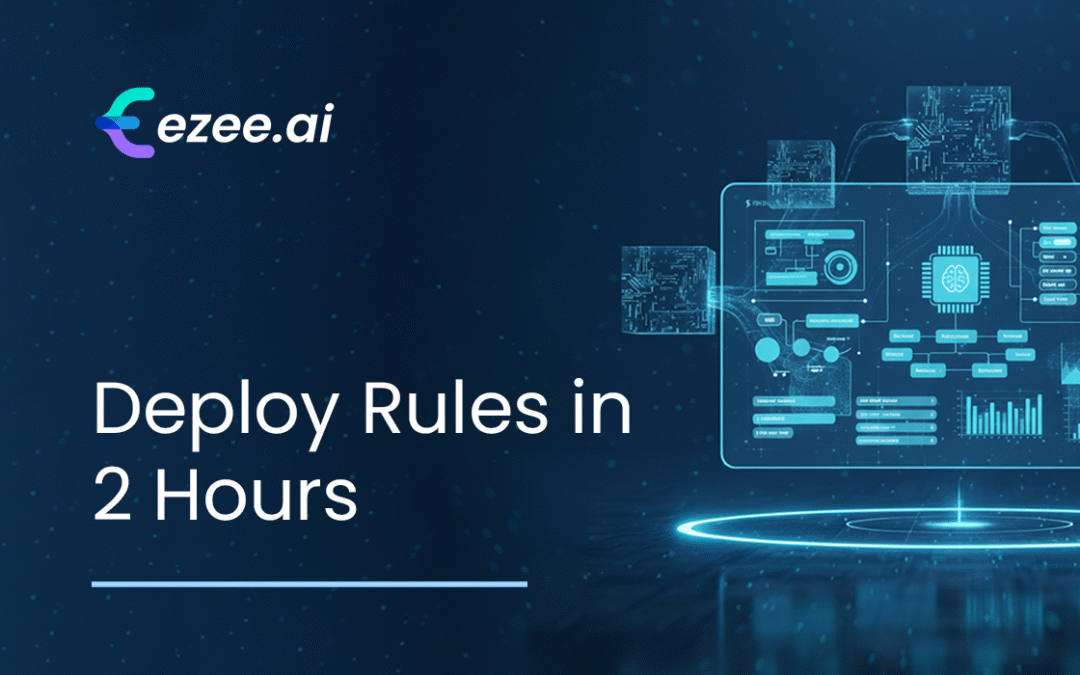
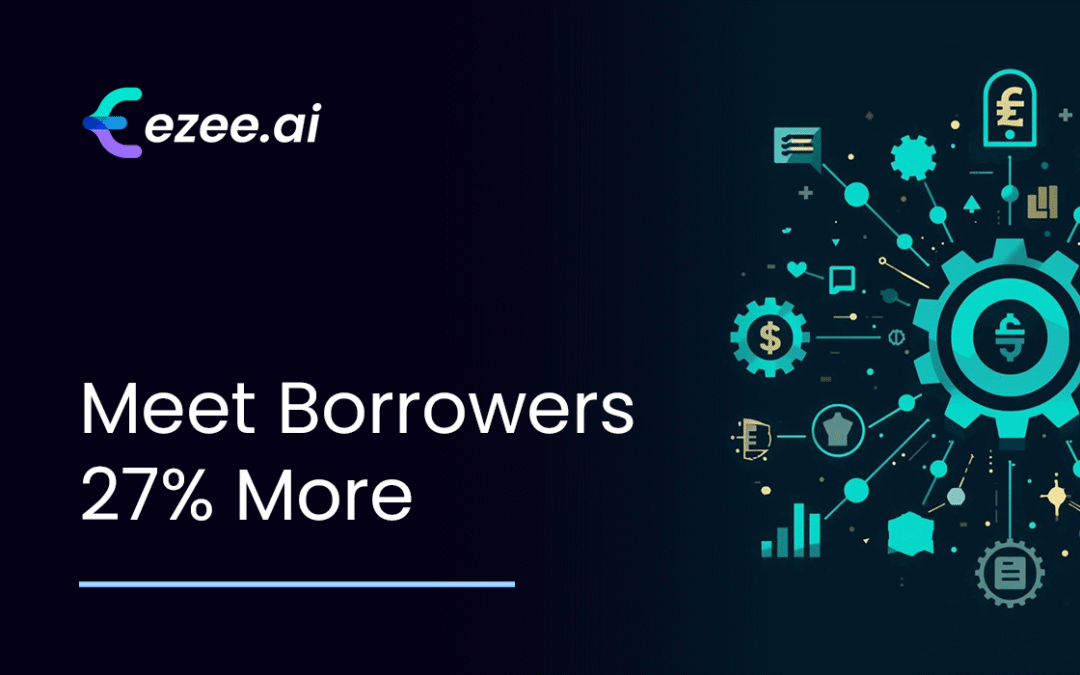
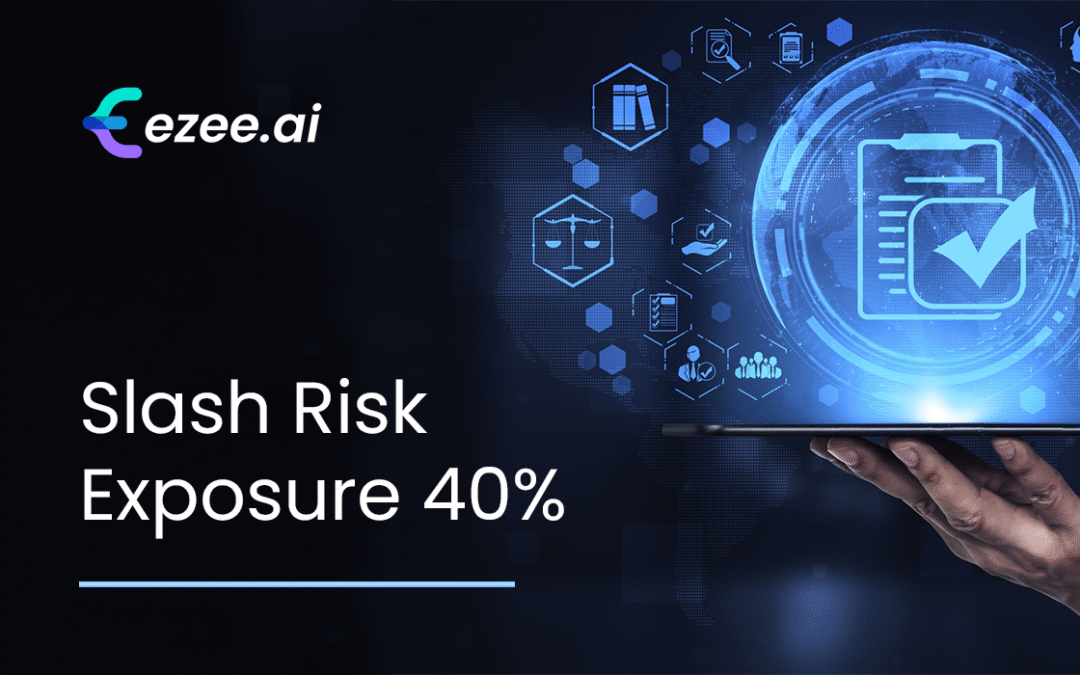
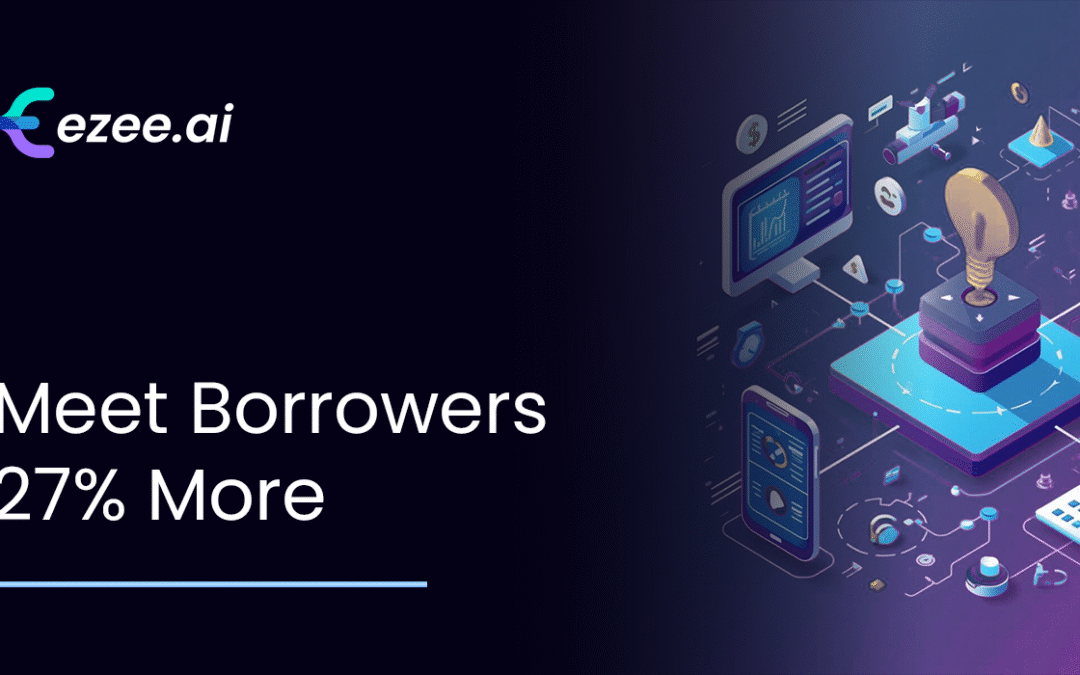
0 Comments